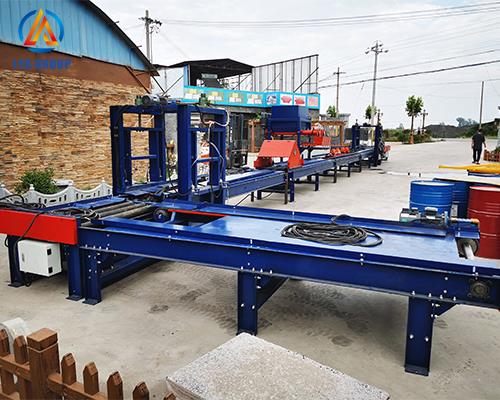Floor tile dosing machine
News 2024年2月27日 98

In the production of floor tiles, the dosing of raw materials is typically part of a larger tile production line, which includes various machines and processes. The dosing of materials in this context usually occurs within the tile mixing or batching system. Here are the key components and steps involved in the dosing process for floor tile production:
Raw material storage and handling: The raw materials required for floor tile production, such as cement, aggregates (e.g., sand, crushed stone), color pigments, and additives, are stored in dedicated storage silos or containers. The materials are usually delivered to the dosing system using conveying equipment like screw conveyors or pneumatic systems.
Dosing mechanism: The dosing mechanism measures and dispenses the required quantities of each raw material according to the specific tile formulation. This is typically achieved using weighing scales or volumetric dosing systems. The dosing mechanism ensures accurate proportions of materials are delivered to the tile mixing process.
Control system: The dosing process is controlled by a programmable logic controller (PLC) or computer-based system. The control system allows operators to set and adjust dosing parameters, such as the desired material proportions and tile specifications. It also monitors the dosing process and can make real-time adjustments if necessary.
Material mixing: Once the raw materials have been dosed, they are typically transported to a mixer where they are combined and mixed thoroughly. The mixer ensures a homogeneous blend of materials and the formation of the tile mixture.
Tile forming and processing: After mixing, the tile mixture is processed further through various steps depending on the specific tile manufacturing process. This can include processes such as extrusion, pressing, or casting, depending on the type of floor tile being produced.